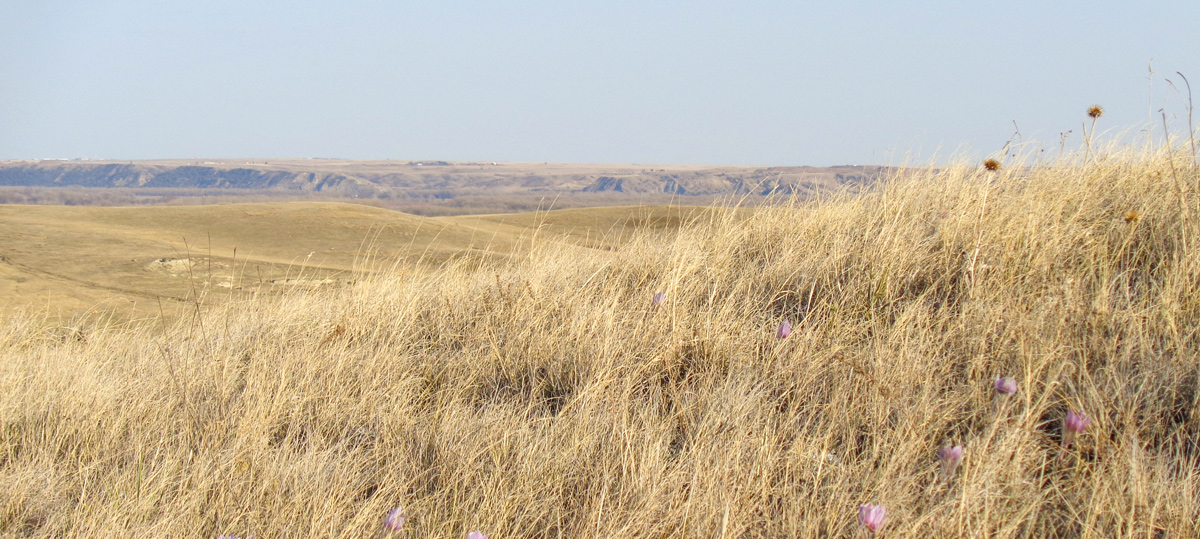After five miles struggling against the Missouri’s current near present Fort Peck, Montana, high winds stop the boats. When an Indian dog appears at camp, the soldiers scout the hills and inspect arms. Lewis describes the mule deer, new to science, and many of the party suffer from boils and sore eyes.
Boils and Imposthumes
by Yellowstone Public Radio[1]Originally aired weekdays by Yellowstone Public Radio during the Bicentennial observance of 2003-2006. Narrated by Hal Hansen. Scripts by Whit Hansen and Ed Jacobson. Produced by Leni Holliman. © … Continue reading
Indian Signs
Soon after we landed a Dog came to us from the opposit Side, which induced a belief that we had not passd. the Assinniboin Indians, parties wer Sent on the hills in different derections to examine but Saw no tents or fresh Sign. examined the arms &c. of the party found all in good order.
—William Clark
“Boils and imposthumes”
Boils and imposthumes have been very common with the party Bratton is now unable to work with one on his hand; soar eyes continue also to be common to all of us in a greater or less degree. for the imposthume I use emmolient poltices, and for soar eyes a solution of white vitriol and the sugar of lead in the proportion of 2 grs. of the former and one of the latter to each ounce of water.
—Meriwether Lewis
Mule Deer
ther are several esscential differences between the Mule [deer] and common deer as well in form as in habits . . . . the most striking difference of all, is the white rump and tale. the tail then terminates in a tissue of black hair of about 3 Inches long.
—Meriwether Lewis
Weather Diary
State of thermometer at rise
Weather Wind at rise
State of thermometer at 4 P. M. Weather Wind at 4 P. M. State of the river 38 [above 0] fair after cloudy W N W 62 [above 0] cloudy after rain N W fallen ¾ in. rain but slight a few drops.
—Meriwether Lewis[2]To assist the reader, the editor of this web page has omitted the date column, merged the “State of the river” columns, and spelled out some abbreviations.
Notes
| ↑1 | Originally aired weekdays by Yellowstone Public Radio during the Bicentennial observance of 2003-2006. Narrated by Hal Hansen. Scripts by Whit Hansen and Ed Jacobson. Produced by Leni Holliman. © 2003 by Yellowstone Public Radio. |
|---|---|
| ↑2 | To assist the reader, the editor of this web page has omitted the date column, merged the “State of the river” columns, and spelled out some abbreviations. |

